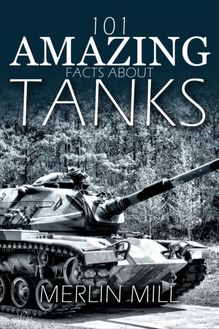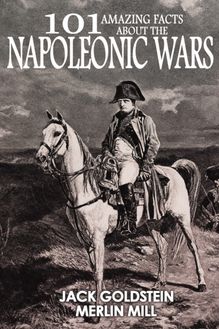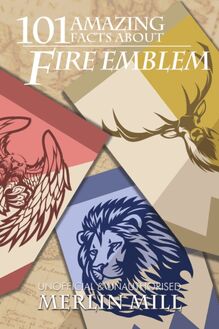101 Amazing Facts about Tanks , livre ebook
15
pages
English
Ebooks
2021
Vous pourrez modifier la taille du texte de cet ouvrage
Obtenez un accès à la bibliothèque pour le consulter en ligne En savoir plus
Découvre YouScribe en t'inscrivant gratuitement
Découvre YouScribe en t'inscrivant gratuitement
15
pages
English
Ebooks
2021
Vous pourrez modifier la taille du texte de cet ouvrage
Obtenez un accès à la bibliothèque pour le consulter en ligne En savoir plus
Publié par
Date de parution
29 octobre 2021
Nombre de lectures
1
EAN13
9781789828795
Langue
English
Poids de l'ouvrage
1 Mo
Publié par
Date de parution
29 octobre 2021
Nombre de lectures
1
EAN13
9781789828795
Langue
English
Poids de l'ouvrage
1 Mo
101 Amazing Facts about Tanks
Merlin Mill
101 Amazing Facts about Tanks
Published in 2021 by Jack Goldstein Books
Digital Edition converted & distributed by
Andrews UK Limited
www.andrewsuk.com
Copyright © 2021 Merlin Mill & Jack Goldstein Books
The rights of Merlin Mill and Jack Goldstein to be identified as the authors of this work have been asserted in accordance with the Copyright, Designs and Patents Act 1988.
All rights reserved. No part of this publication may be reproduced, stored in a retrieval system, or transmitted, in any form or by any means without the prior written permission of the publisher, nor be otherwise circulated in any form of binding or cover other than that in which it is published and without a similar condition being imposed on the subsequent purchaser. Any person who does so may be liable to criminal prosecution and civil claims for damages.
The views and opinions expressed herein belong to the authors and do not necessarily reflect those of Andrews UK Limited.
General Facts Tanks are armoured fighting vehicles, primarily used in frontline combat. They are typically judged by their capability in three areas: firepower, armour and mobility. Though tanks are now thought of as fighting weapons in their own right, they were originally developed as a way to cross trenches and break through barbed wire on the First World War’s Western Front. The reason tanks are called ‘tanks’ is because of the secret codename they were given to keep their development secret during the First World War. Since the prototypes were essentially the same size as large water carriers, the British government coined the synonym ‘tank’ (as in ‘water tank’), which stuck even after development had been completed. Before a codename had been decided, the prototype tanks were usually referred to as ‘Caterpillar Machine Gun Destroyers’, ‘Land Cruisers’, or simply ‘Landships’. Tanks have changed much throughout history, but one feature has almost universally remained the same: caterpillar tracks. Until the arrival of the main battle tank, tanks were usually categorised by weight class (such as light, medium, heavy or superheavy) or by purpose (including breakthrough, cavalry, infantry and reconnaissance). Most historians would agree that the first real tank wasn’t built until 1916, however the concept of mobile armoured protection in battle is an old one; in fact, some credit Leonardo da Vinci with the first proper tank ‘design’ in the late 15 th century. Some even credit H.G. Wells, the famous science fiction author, for subconsciously influencing the development of tanks due to his 1903 short story The Land Ironclads that describes huge armoured vehicles being used in battle. Despite the huge role tanks have played in warfare over the last one hundred years, some military analysts believe that their days as effective weapons are numbered. Instead, they suggest that tanks will need to become remote-controlled and prioritise mobility above all else if they’re to remain relevant.









